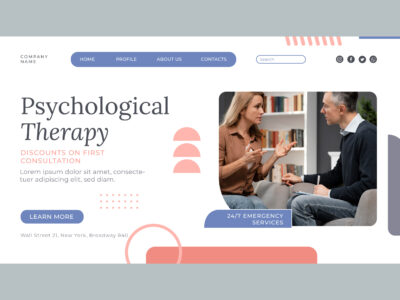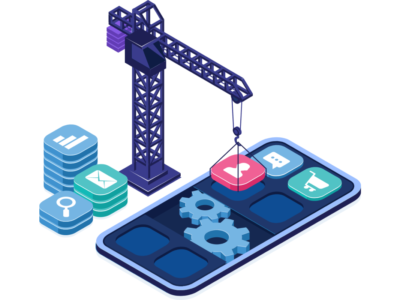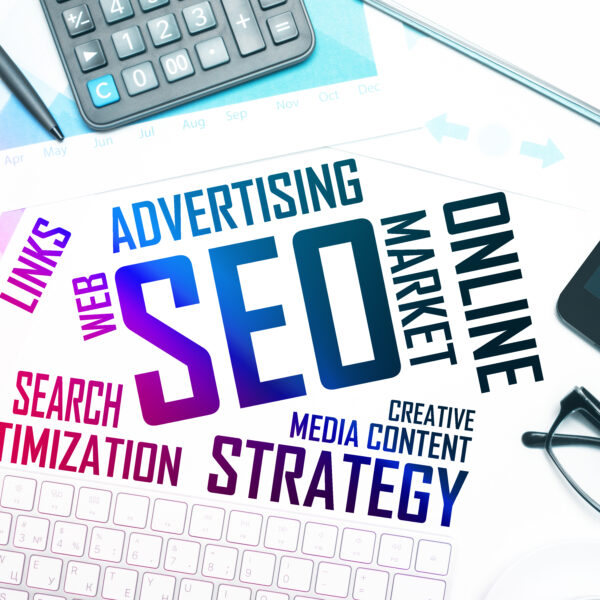
In today’s dynamic and competitive marketplace, innovation is the key to staying ahead of the curve. Whether you’re a startup looking to disrupt the industry or an established company seeking to expand your product portfolio, mastering the new product development (NPD) process is essential. In this comprehensive guide, we’ll delve into the intricacies of NPD, exploring each stage of the process in detail and providing actionable insights to help you navigate the journey of bringing a new product to market.
Introduction: The new product development process is a systematic approach to conceiving, designing, and launching a new product or service into the market. It encompasses a series of stages, from idea generation to commercialization, each requiring careful planning, collaboration, and execution. By following a structured NPD process, companies can mitigate risks, optimize resources, and increase their chances of success in an ever-evolving landscape.
Stage 1: Idea Generation The journey of new product development begins with idea generation, where creativity and innovation take center stage. This stage involves brainstorming sessions, market research, and gathering insights to identify unmet customer needs and market opportunities. Techniques such as SWOT analysis, customer surveys, and trend analysis can help generate a pool of viable ideas for further exploration.
Stage 2: Idea Screening Once a pool of ideas has been generated, the next step is to screen and evaluate them based on predefined criteria such as feasibility, market potential, and alignment with company goals. Idea screening helps prioritize ideas and select those with the highest likelihood of success for further development. Tools like decision matrices, concept testing, and feasibility studies can aid in the evaluation process.
Stage 3: Concept Development and Testing In this stage, the selected ideas are refined into concept designs that address specific customer needs and preferences. Concept development involves creating prototypes, mock-ups, or virtual simulations to visualize the product and gather feedback from potential customers through focus groups, surveys, or interviews. This feedback is then used to iterate and improve the concept before proceeding to the next stage.
Stage 4: Business Analysis Before committing resources to full-scale development, it’s essential to conduct a thorough business analysis to assess the financial viability and potential return on investment of the proposed product. This stage involves estimating costs, projecting sales volumes, and conducting competitive analysis to determine pricing strategies, market positioning, and revenue projections. A detailed business case is prepared, outlining the rationale for moving forward with the project.
Stage 5: Product Development Once the business case is approved, the focus shifts to product development, where the concept is translated into a tangible product or service. This stage involves designing the product specifications, engineering prototypes, and refining the product features and functionalities based on user feedback. Collaboration between cross-functional teams, including R&D, engineering, design, and marketing, is critical to ensuring a seamless development process.
Stage 6: Market Testing Before launching the product into the market, it’s essential to conduct market testing to validate its appeal, functionality, and performance in real-world conditions. This may involve pilot testing in select markets, beta testing with a group of early adopters, or soft launches to gauge customer response and identify any potential issues or areas for improvement. Market testing provides valuable insights that can inform final adjustments to the product before full-scale production.
Stage 7: Commercialization The final stage of the new product development process is commercialization, where the product is launched into the market and made available to customers. This involves developing marketing strategies, creating promotional materials, setting distribution channels, and training sales teams to effectively sell the product. Post-launch monitoring and evaluation are essential to track performance, gather customer feedback, and identify opportunities for further optimization and refinement.
Conclusion: The new product development process is a complex and multifaceted journey that requires careful planning, collaboration, and execution at every stage. By following a structured approach and leveraging the right tools and techniques, companies can increase their chances of success and achieve sustainable growth in today’s competitive marketplace. Whether you’re a startup with a groundbreaking idea or an established company seeking to innovate and expand, mastering the NPD process is essential for driving innovation and staying ahead of the competition.
Frequently Asked Questions (FAQs)
- What is new product development (NPD)?
- New product development (NPD) refers to the process of creating, designing, and launching a new product or service into the market. It involves a series of stages, from idea generation to commercialization, aimed at identifying and meeting customer needs while achieving business objectives.
- Why is new product development important?
- New product development is crucial for businesses to stay competitive and relevant in the marketplace. It allows companies to innovate, differentiate themselves from competitors, and meet evolving customer demands. NPD also opens up opportunities for revenue growth, expansion into new markets, and long-term sustainability.
- What are the key stages of the new product development process?
- The key stages of the new product development process typically include idea generation, idea screening, concept development and testing, business analysis, product development, market testing, and commercialization. Each stage plays a critical role in bringing a new product to market successfully.









